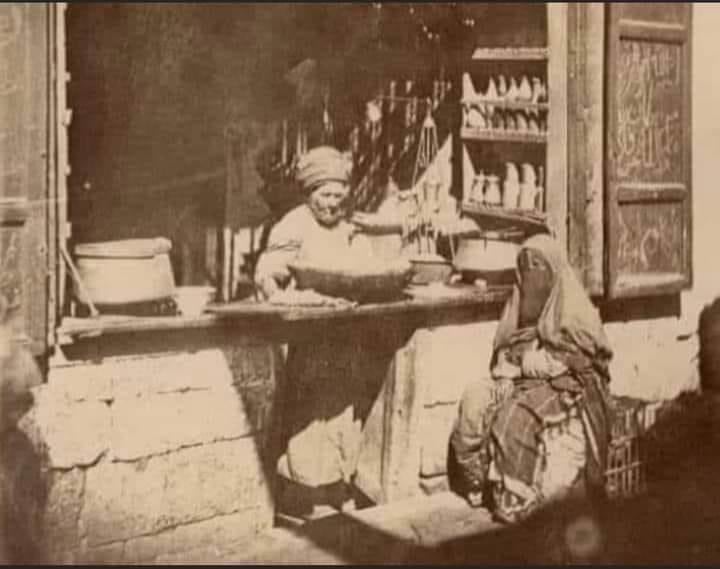
In the olden days, it was a common custom for shopkeepers to keep a small chair outside the shop as soon as they opened the shop in the morning.
As soon as the first customer would arrive, the shopkeeper would lift the chair from that place and take it inside the shop. (1/6)
As soon as the first customer would arrive, the shopkeeper would lift the chair from that place and take it inside the shop. (1/6)

But when the next customer would come, the shopkeeper would look around the market. Pointing to a shop with a chair still placed outside, he would say to the customer. (2/6)
"You will get what you need from that shop." I have already got my bohni (the day's first business) in the morning."
This was because having a chair outside the shop was a sign that the shopkeeper had not received any customers yet. (3/6)
This was because having a chair outside the shop was a sign that the shopkeeper had not received any customers yet. (3/6)
This inspiring affection and care between competing businessmen was probably the reason for the growth in not only their profits but also in the respect they earned. (4/6)
While reading this post, please do not debate about the era, language, country, or religion. For it is a matter of goodness, a matter of learning. After all, we belong to the soil that considers the whole world as one family. (5/6)
Translated from a post shared by Dr Jitendra Kumar Soni
(facebook.com/jksoniias/)
Read the original post here: facebook.com/jksoniias/phot… (6/6)
(facebook.com/jksoniias/)
Read the original post here: facebook.com/jksoniias/phot… (6/6)
• • •
Missing some Tweet in this thread? You can try to
force a refresh













